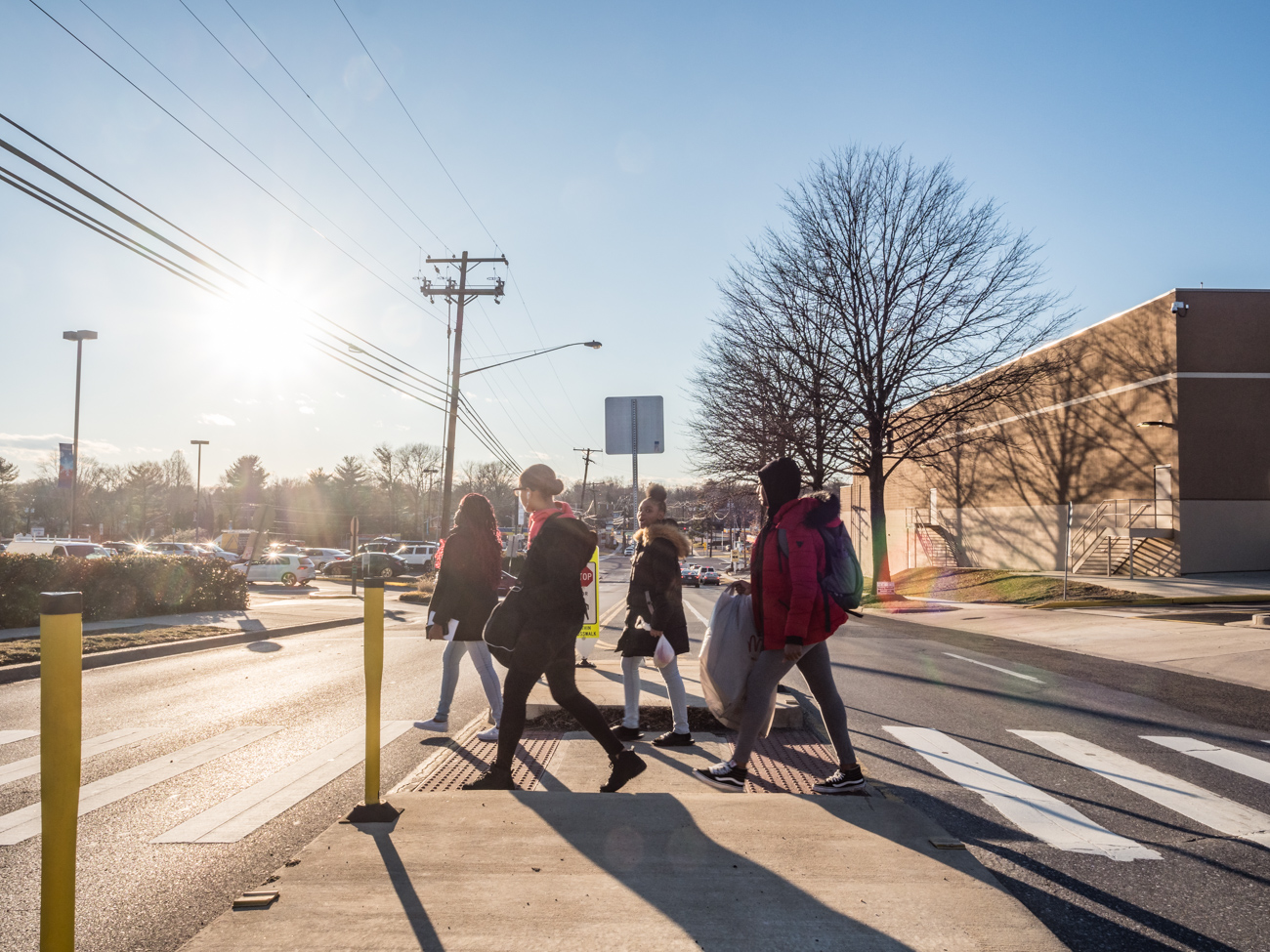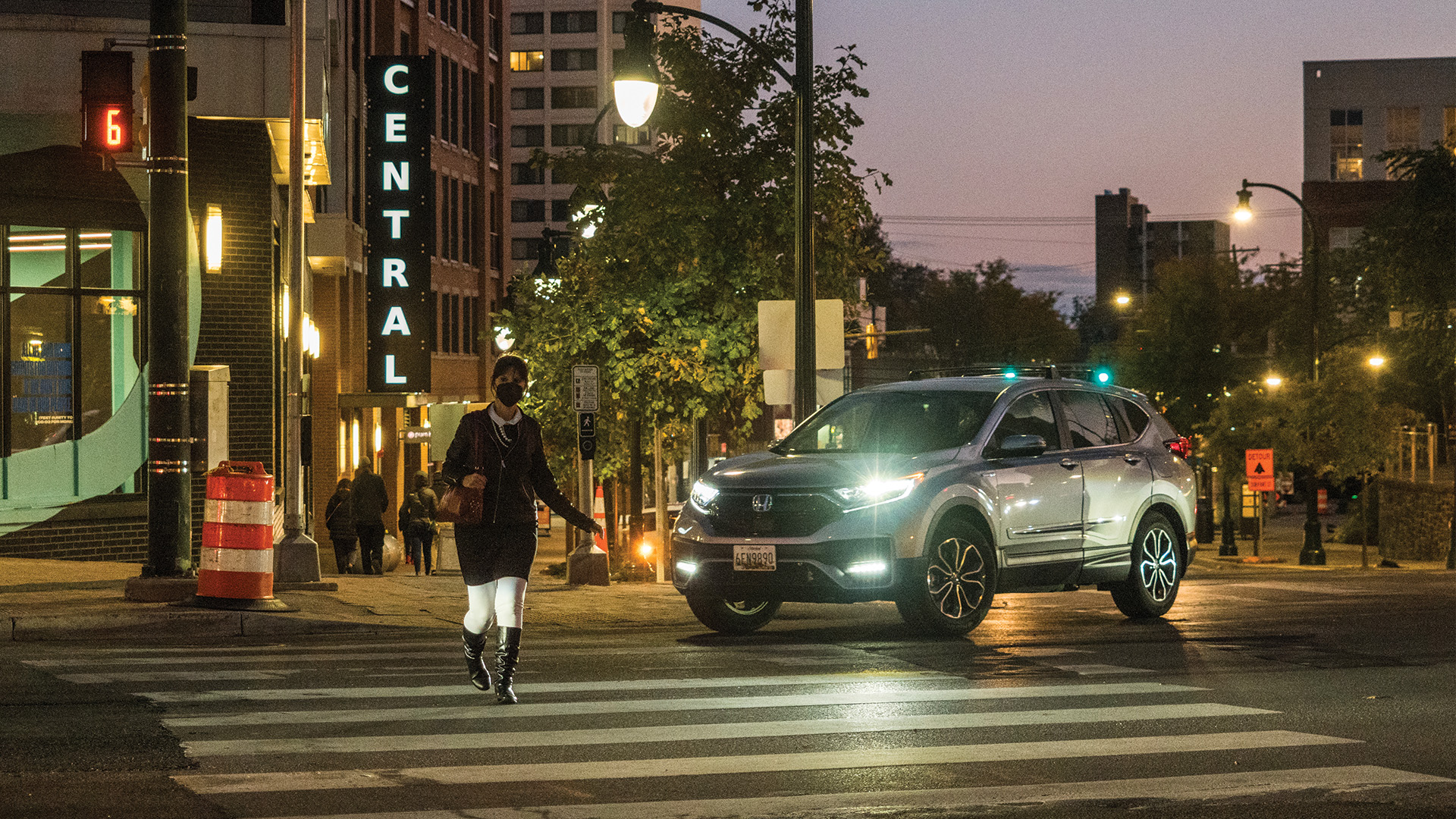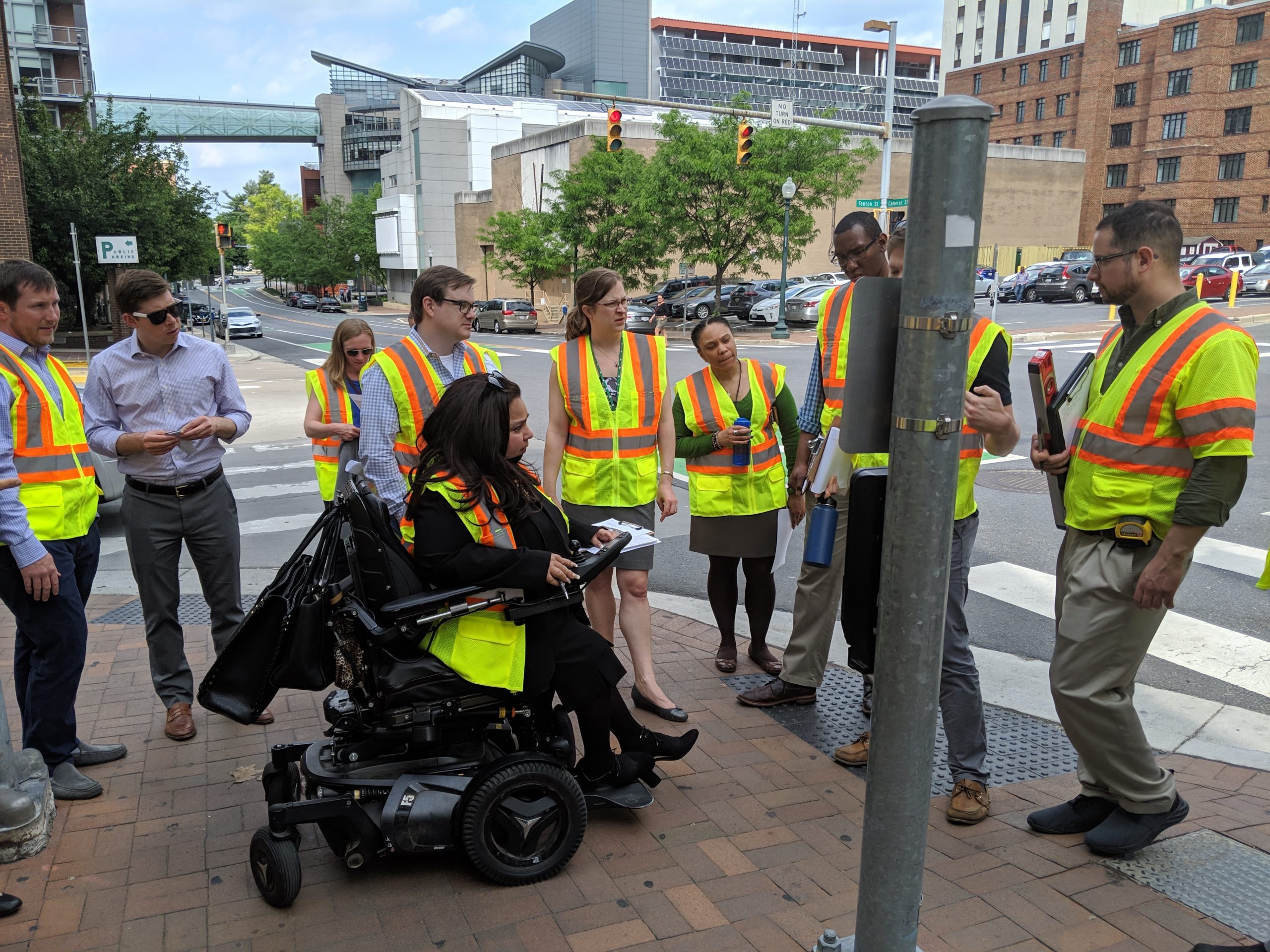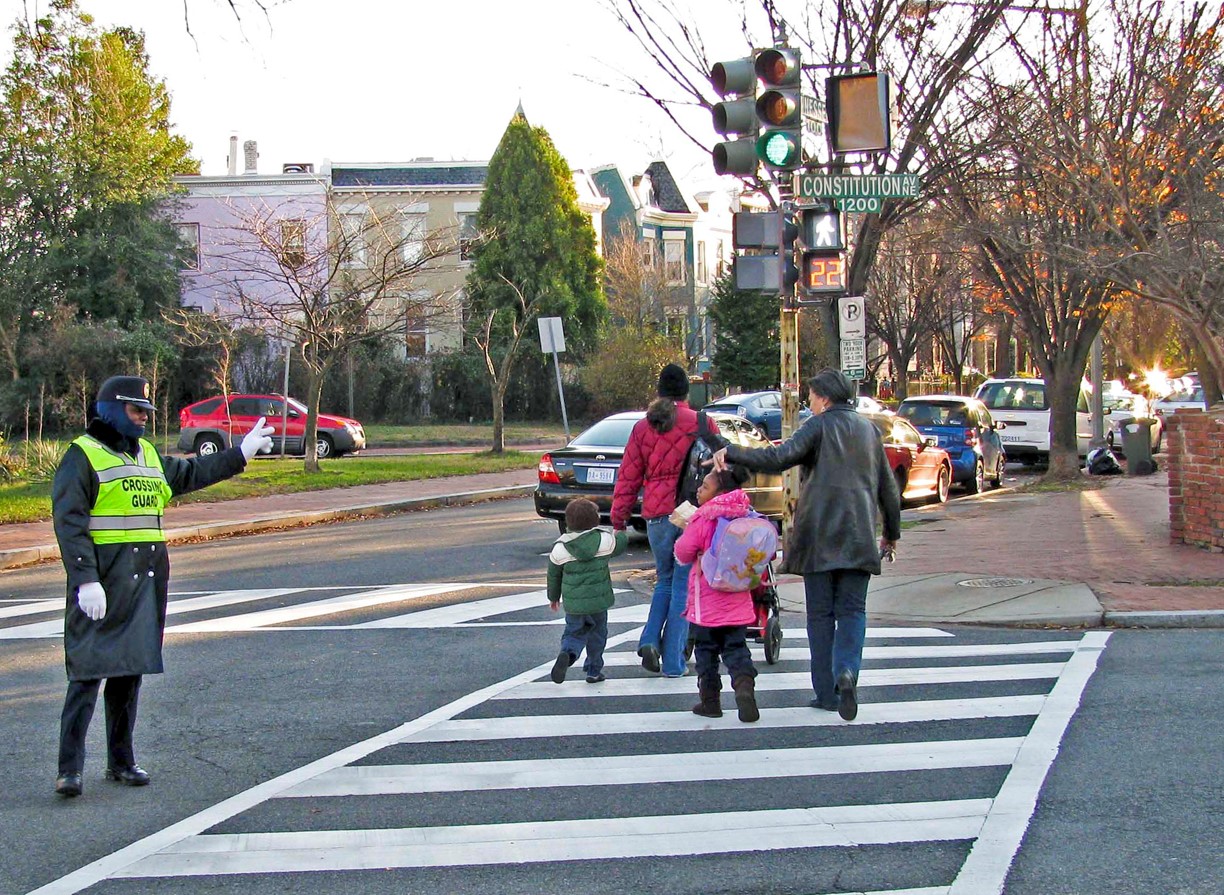The Pedestrian Master Plan is Montgomery Planning’s first comprehensive vision to create safer, more comfortable experiences walking or rolling around the county, and to make getting around more convenient and accessible for every pedestrian.
The Pedestrian Master Plan provides detailed, actionable recommendations in line with national and international best practices to improve the pedestrian experience, from more and better places to cross the street to a data-driven, equity-focused approach for the county’s future pedestrian/bicycle capital investments.

Tools and Resources

Engagement

Advocacy Group

Existing Conditions Report
Planning Board and County Council Presentations
Background
In 2016, Montgomery County approved a resolution adopting a Vision Zero approach to road safety and committing to eliminating traffic fatalities and serious injuries by 2030. Vision Zero represents a fundamental change in how we plan and design our roads, shifting from a focus on maximizing motor vehicle efficiency to ensuring that our roads are safe regardless of whether travel is by car, bus, bicycle or foot. Developing a Pedestrian Master Plan is a key action item in the County’s Vision Zero Work Plan.
The project team will prioritize countywide pedestrian infrastructure using, among other factors, a pedestrian level of comfort analysis, similar to the Bicycle Level of Traffic Stress developed for the Bicycle Master Plan. This prioritization will provide guidance to the Montgomery County Council and Montgomery County Department of Transportation in directing resources to improve pedestrian infrastructure. The analysis will also incorporate data about existing sidewalks and pedestrian crossing accessibility collected by the Montgomery County Department of Transportation.
The Plan will pay particular emphasis to those pedestrians with vision and/or mobility issues, including recommending design treatments and policies that exceed basic Americans with Disabilities Act compliance.
“Pedestrian” is defined for Plan purposes as any person who travels by foot or a wheeled conveyance that is not a bicycle, including scooters, wheelchairs and other mobility devices. “Walking” is defined as “the act of being a pedestrian.”
Similar to the Bicycle Facility Design Toolkit, the plan’s guidance on pedestrian-oriented design treatments and operational approaches will be highly visual and include definitions, dimensions and tips on appropriate uses. Existing programs and public awareness events, such as Safe Routes to School, will provide opportunities for community engagement and education. Public engagement strategies will include walk audits and interactive maps to determine community priorities for access and safety.



